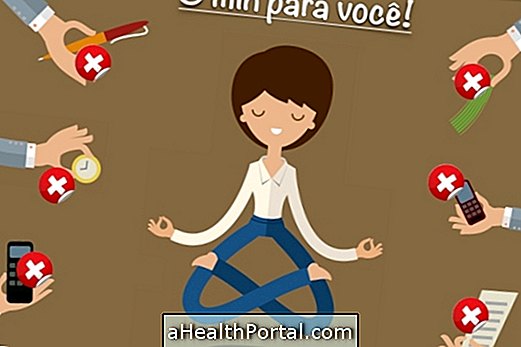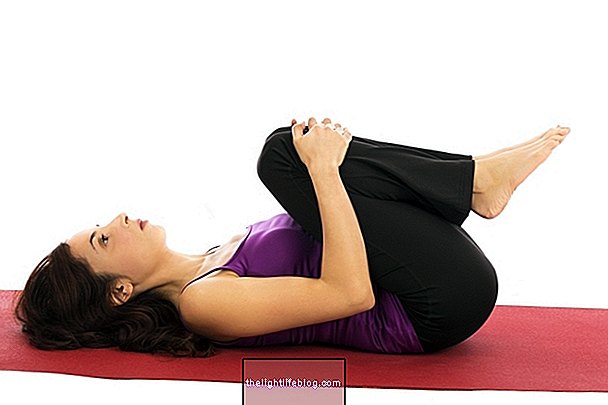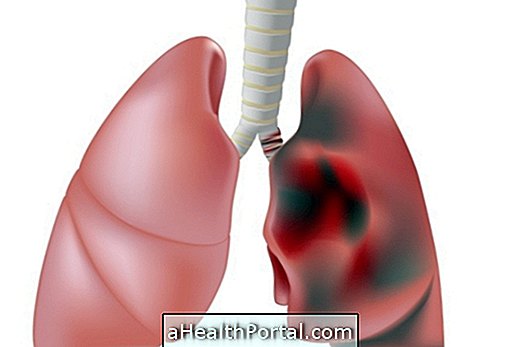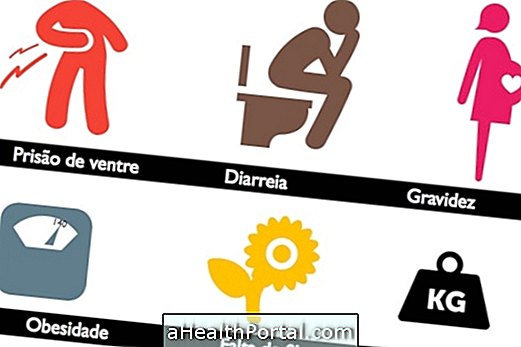Mindfulness, called Full Attention in Portuguese, are techniques that aim to focus the mind in the present moment, without focusing on the past or concerns about the future.
Thus, this technique attempts to combat the state of inattention and excessive reactions of the current lifestyle, also helping in the treatment of diseases such as depression, anxiety, obsessive-compulsive disorder and drug addiction.
How to make
To start the practice, one should reserve a period of time per day, which can be from 5 to 30 minutes, in a quiet, quiet and comfortable place with eyes open or closed.

The attention of the mind, then, must turn to the breath, the main method of mindfulness, following the steps:
- Sit or lie comfortably and bring attention to breathing without changing the breathing rhythm;
- Feel the air enter through the nostrils or the movement of the abdomen to rise and fall with the entrance and exit of the air;
- Try not to think of anything other than the breath and sensations in the body caused by it, living only the present moment;
- If there is any feeling or concern, let it go without focusing on it, judging or making plans;
- Near the end of the session, one should focus again on the sensations of the body and the well-being of the empty mind, and slowly finish the practice.
Not to worry about the time of concentration, one can place an alarm to play softly or vibrate, warning that the time has ended without frightening the mind.
See more ways to practice Mindfulness .
Health Benefits
Regular practice of mindfulness for at least 20 minutes a day brings health benefits by bringing emotional balance and well-being, contributing to reduce anxiety and depression, better control blood pressure, strengthen the immune system and decrease inflammation in the body .
In addition, the practice also improves memory and concentration, as well as providing inner peace and greater mental balance to meet the challenges of everyday life.
Tips for beginners
For beginners, the practice of mindfulness should begin with small periods of meditation, practicing 5 minutes a day at the beginning and increasing the time progressively as the mind becomes accustomed to the state of concentration.
At first, your eyes can stay open, but you should stay relaxed without focusing on something specific and with no visual distractions in the meditation environment, such as televisions, animals or people moving around.
Searching for group meditation centers, tutoring, or starting a practice with guided meditation videos on the internet are good options to help you develop the technique more easily.
To help relax and clear the mind, see 7 Tips to Control Anxiety.





















